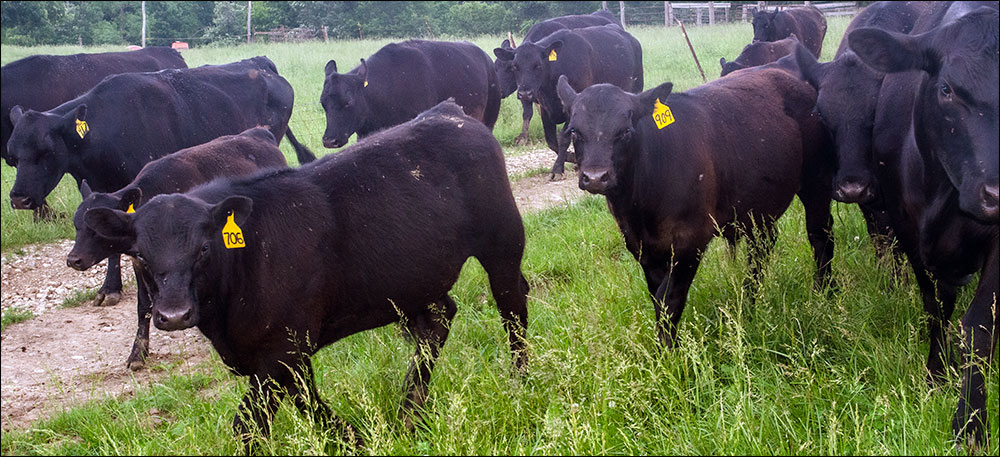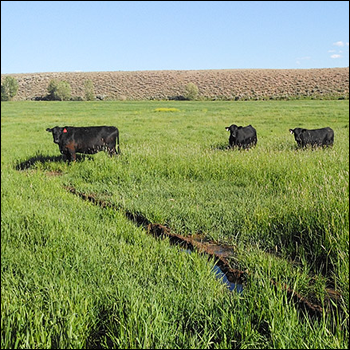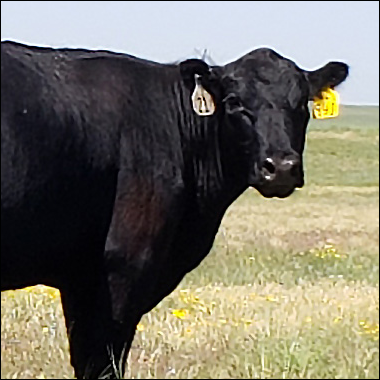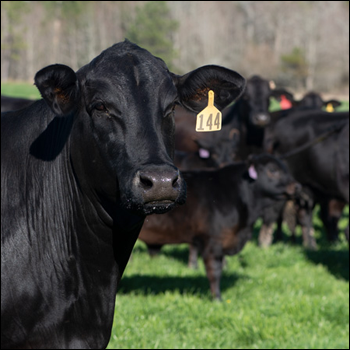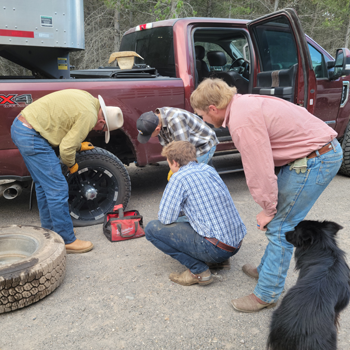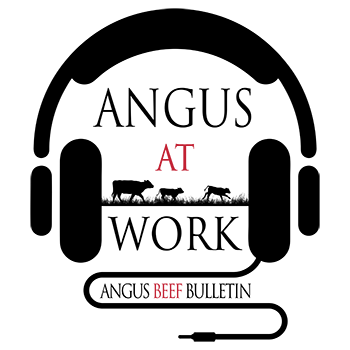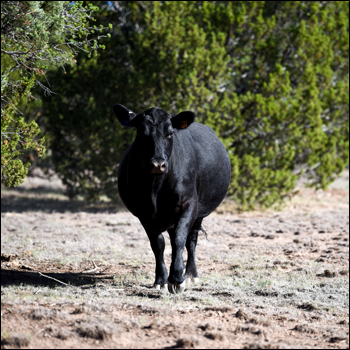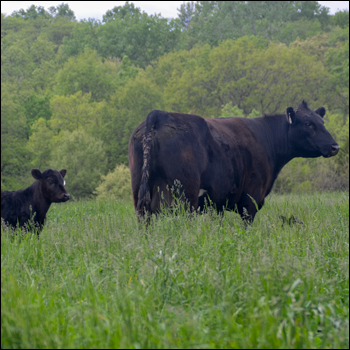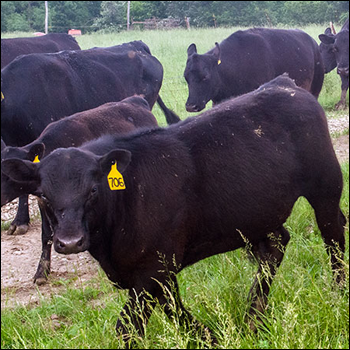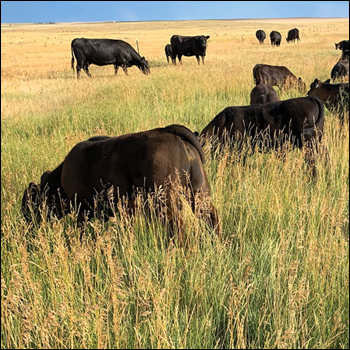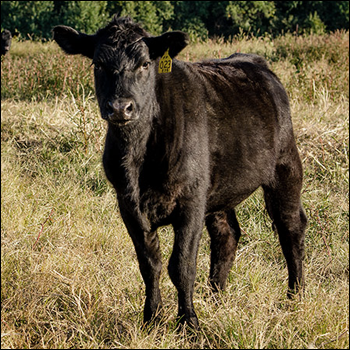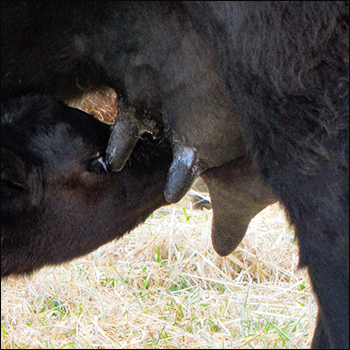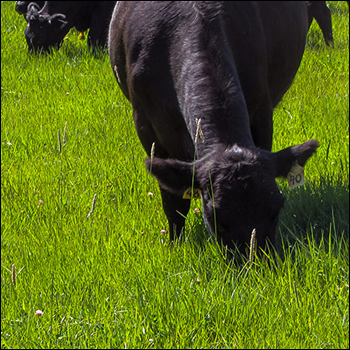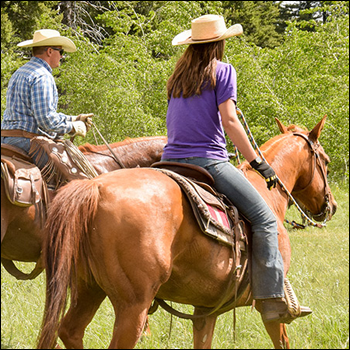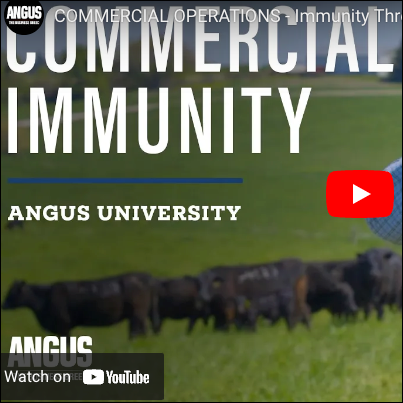First Movers Release Climate-neutral Products Onto Shelves
Rabobank’s beef report asks whether consumers will pay for price increases due to net-zero-carbon beef.
According to Rabobank’s latest beef report, companies are taking next steps to meet goals for reducing emissions. With consumers already paying more for beef, the big question is: Will the market be able to support a further lift in beef prices to offer a “premium payment” for net-zero-carbon beef?
The Link
The no-judgment zone.
You have seen the ads for the gym that advertises a “no-judgment zone.” Most people are scared they don’t measure up, scared they are not doing things as well as their neighbor, or maybe they just don’t want anyone to know what they are doing.
Beginning at the End
Research project uses cell clone technology to produce progeny from Prime, YG 1 carcass.
The most common approach to producing cattle is to choose a sire and dam based on expected progeny differences and phenotypic features. However, that wasn’t the case for research conducted by Ty Lawrence, professor of animal science at West Texas A&M University.
July 6, 2022 | Vol. 15 : No. 7
Another Record Cattle on Feed Report
During the summer months, on-feed numbers typically decline as placements moderate and marketings grow.
The latest USDA Cattle on Feed report (June) reported another record number of cattle on feed for a June 1, 11.846 million head. That was 142,000 head more than in June 2021. While a record for the month, following a number of monthly record large on-feed numbers, it’s worth recognizing that the total number of cattle on feed is declining, and has been since February.
Market Closeout
In it for the long haul.
Longevity is one of the least sexy words in the English language. Most ranchers I know have passing their ranch to the next generation as one of their primary goals. Longevity when it comes to your cows, well there is probably no trait that has a bigger effect on profitability. As I get older, the importance of longevity grows daily.
U.S. Feeder-Cattle Exports Influenced by Genetics
Clayton explains the opportunities for feeder-cattle exports driven by genetic demands.
“The power of the pedigree is what drives the interest in U.S. demand,” said Tony Clayton, Clayton Agri-Marketing Inc. president. Clayton gave an overview of how U.S. genetics are exported and their popularity during the Beef Improvement Federation Symposium June 3 in Las Cruces, N.M.
